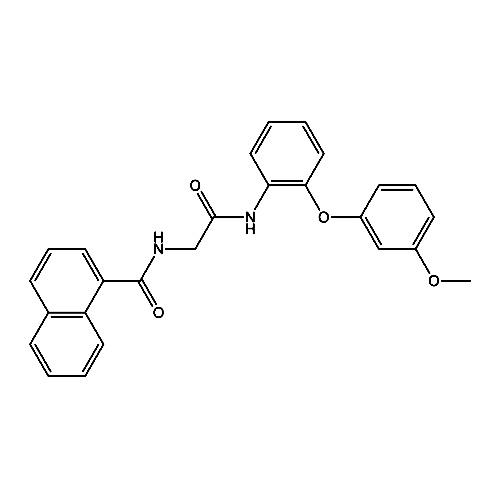PRODUCT
Product Center
Overview
Melanotan I is an effective non-selective melanocortin receptor (MCR) agonist. It is a synthesized analogue of alpha-melanocyte-stimulating hormone (α-MSH), which stimulates melanin production. By mimicking α-MSH, Melanotan I induces skin tanning through its action on the melanocortin 1 receptor (MC1R) on melanocytes. Melanotan I can be used in research on sunlight-induced skin cancer.
1、Melanotan-I (MT-I) is a synthetic peptide analog, chemically known as [Ac-Nle4, Asp5, D-Phe7, Lys10]α-MSH(4-10). It is composed of variants of the α-MSH (α-melanocyte-stimulating hormone) fragment, mimicking the action of α-MSH in stimulating melanin production. The molecular structure of MT-I contains specific amino acid sequences, such as Nle (Norleucine), Asp (aspartic acid), D-Phe (D-phenylalanine), and Lys (lysine), arranged in a way that enables its function in promoting melanin production. The chemical properties of MT-I allow it to rapidly increase melanin production, facilitating the process of skin darkening.
2、The mechanism of action of Melanotan-I primarily involves binding to receptors on melanocytes (melanin-producing cells) in the skin, thereby activating the pathway of pigment production. Specifically, Melanotan-I binds to the MC1 receptor on melanocytes, activating a series of signaling pathways, including the activation of adenylate cyclase and the production of cAMP. These signaling pathways ultimately promote the synthesis and secretion of pigment granules within melanocytes, leading to the effects of skin darkening and pigment deposition. The mechanism of action of Melanotan-I is similar to the natural hormone α-MSH, but due to its greater stability and long-lasting effects, it is widely used in areas such as sun sensitivity, skin diseases, and artificial tanning.
3、Melanotan-I, also known as Afamelanotide, is a synthetic analog of α-MSH (α-melanocyte-stimulating hormone). Its primary mode of action involves activating melanocytes in the skin to promote the production of melanin, resulting in a darker complexion. This protein hormone functions in the body similarly to naturally occurring α-MSH. The molecular design of Melanotan-I enables it to mimic the activity of natural α-MSH, thereby stimulating melanocytes in the skin to produce melanin. This medication is commonly used in treating skin conditions such as uneven pigmentation and sun sensitivity. By binding to receptors on melanocytes in the skin, it enhances the synthesis and secretion of melanin.
MESSAGE
Related recommendations
Please leave us a message










